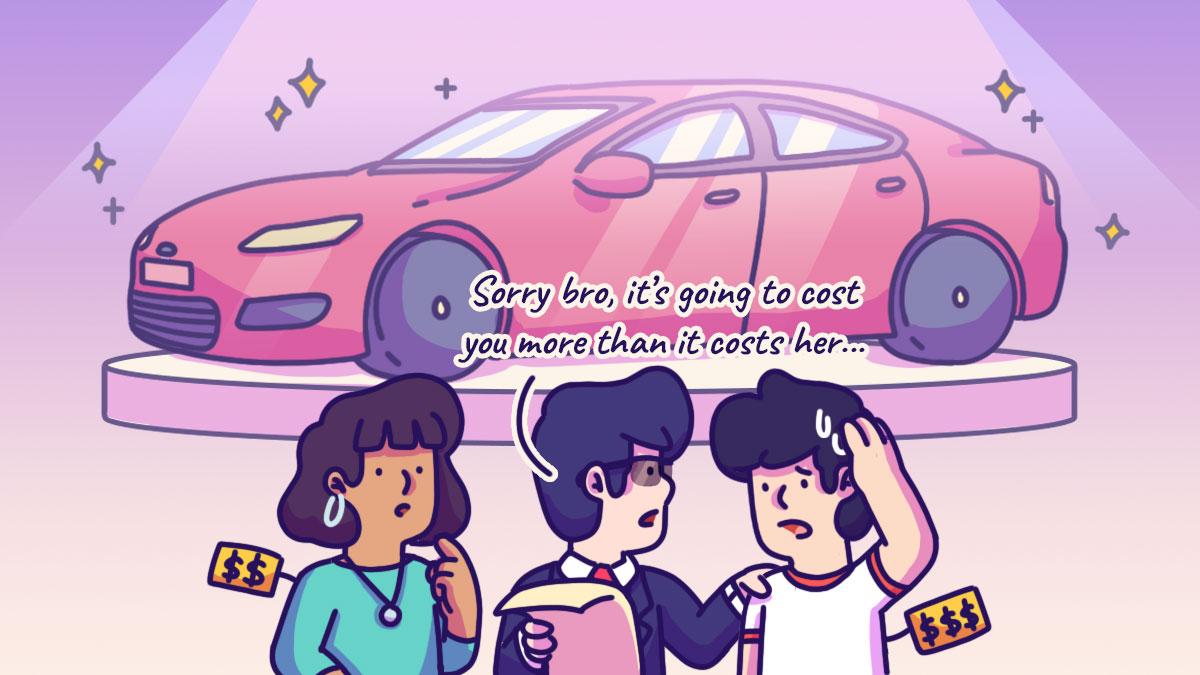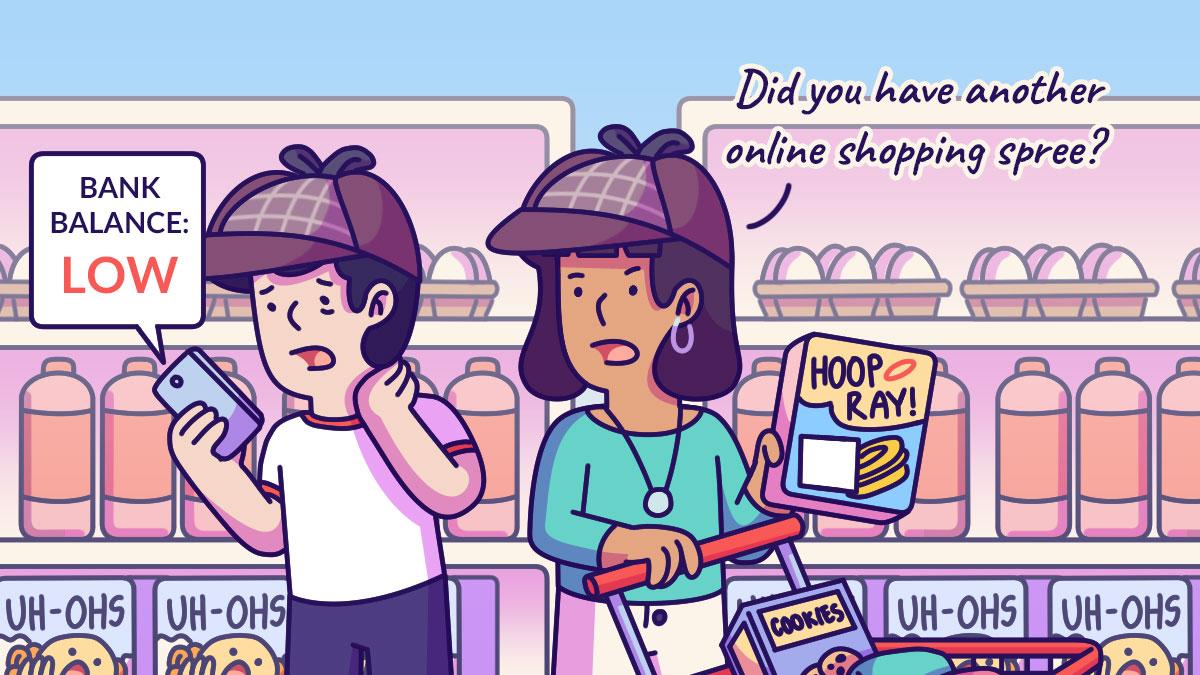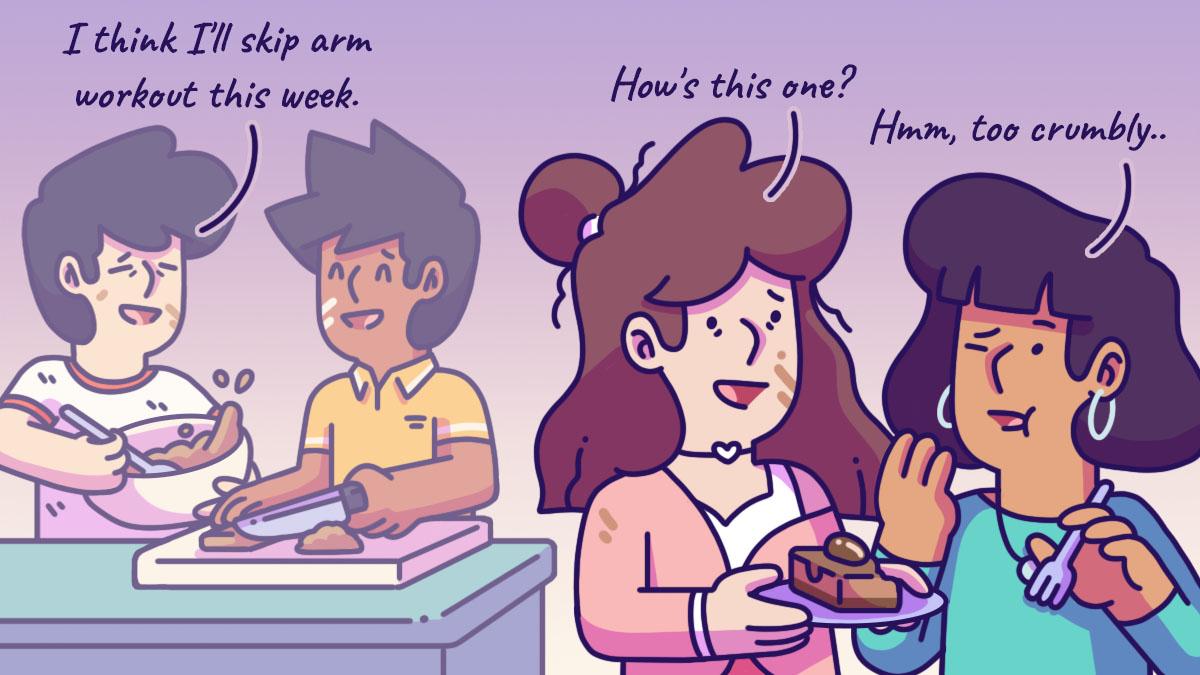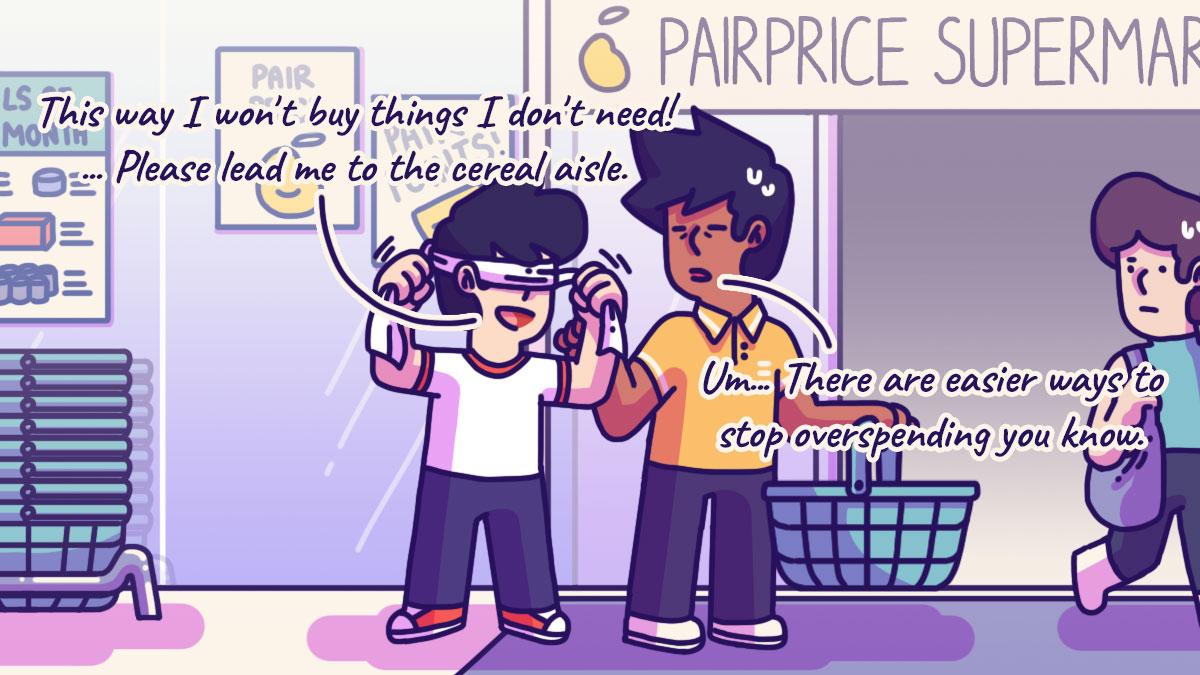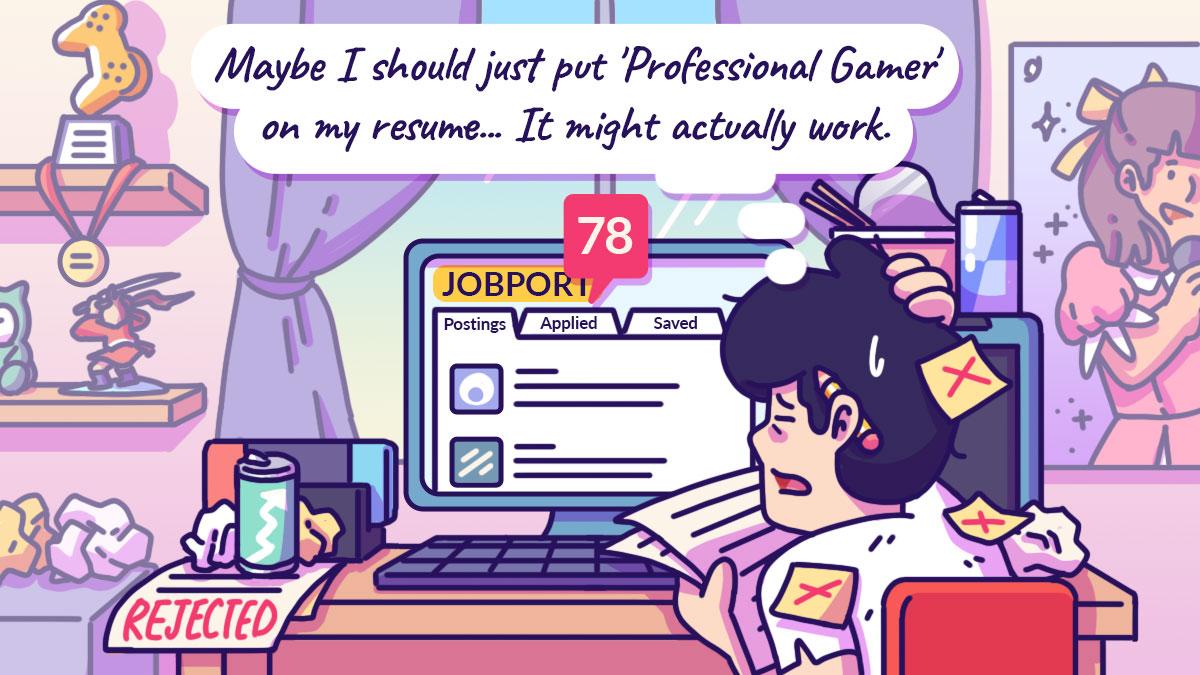Age
Your age significantly influences your insurance premium. Here's why:
- Young Drivers (under 30): If you're in this group, expect higher rates. Insurance companies view young drivers as riskier due to less experience and statistically higher likelihood of accidents.
- Prime Age Drivers (26-65): This is the sweet spot. If you're in this age range, you'll likely enjoy lower premiums. Insurers see you as more experienced and less likely to take unnecessary risks.
- Senior Drivers (over 65): Unfortunately, rates often increase again for seniors. This isn't because insurers think you're reckless, but because age can affect reaction times and overall health, potentially increasing accident risk.
|
Gender ( Mars vs Venus on the road )
It might seem unfair, but gender affects your premium. Men typically pay more than women. Insurers aren't being sexist; they're considering that men, especially younger men, are more likely to:
- Engage in risky driving behaviours
- Be involved in serious accidents
|
Driving experience
The longer you've been driving, the better. Most insurers prefer to see at least two to three years of driving experience. Practice makes perfect (and cheaper) because time behind the wheel usually means:
- More awareness of potential hazards
- Lower likelihood of accidents
So, if you've had your licence for a while and have a clean record, you're likely to see lower premiums.
|
Marital status
Believe it or not, being married could save you money on car insurance. Insurers often view married individuals as:
- More likely to share driving responsibilities
- Less likely to engage in risky behaviours
It might seem unfair to single folks, but that's how insurance companies see it. |
How you use your car
Your job and how much you drive can significantly impact your premium. Here's why:
- High-Mileage Drivers: If you're on the road frequently, whether for a long commute or a job that requires driving (like delivery or sales), you'll likely pay more. More time on the road equals more chances for accidents.
- Low-Mileage Drivers: If you work from home or have a short commute, you might get a break on your premium. Driving less means less risk in the eyes of insurers.
- Purpose of Use: Using your car for business purposes (like ride-sharing or deliveries) often means higher premiums due to increased time on the road and potential liability.
|
Your driving and claim history
This is a major factor. Your past behaviour on the road is used to predict your future behaviour. In Singapore, if you make claims, the record follows you for three years. Here's what you need to know:
- Clean Record: No claims? You're golden. This is the best way to keep your premiums low.
- Minor Claims: Even small claims can increase your premium, so think twice before filing for minor damages.
- Major Claims: A single claim over $30,000 or two claims of any amount in three years can make it extremely difficult to get insurance. Some people might even have to sell their cars if they can't find coverage.
No Claim Discount (NCD)
This is the “carrot” insurers dangle to encourage safe driving:
- How it Works: For each year you don't make a claim, you get a discount on your premium.
- Building Up: The discount increases each year, up to a maximum (usually around 50% off).
- Protecting Your NCD: Some insurers offer NCD protector policies, allowing you to make a claim without losing your discount.
|
Your car
The vehicle you choose has a significant impact on your insurance costs.
Make and Model: Not All Car Insurance Is Created Equal
- Luxury and Sports Cars: These usually cost more to insure because they're expensive to repair and replace.
- Common Models: Cars that are widely used often have lower premiums because parts are readily available, and mechanics are familiar with them.
Car's Age: Newer Isn't Always Cheaper
- New Cars: Often more expensive to insure because parts are pricier.
- Older Cars: Generally cheaper to insure, but very old cars might see rates increase due to safety concerns.
Engine Size: Bigger Isn't Better for Your Wallet
- Larger engines usually mean higher premiums because:
- They're often in more powerful cars, which are seen as riskier.
- They can be more expensive to repair.
|

